If you've ever bitten into a chili and thought, 'Man, this is 🔥 but I want more!', then welcome to the wild side of chiles. Today, we're diving headfirst into one of the most underrated — yet flavor-packed — members of the chili family: chile de puya. Whether you're a seasoned spice junkie or a weekend kitchen warrior, get ready to fall in love with this vibrant red wonder.
Table of Contents
- What Exactly Is Chile de Puya?
- How Hot Is It Really? (Spoiler: Not Just for Show)
- Flavor Profile: Sweet, Smoky, and Oh-So-Spicy
- Top 5 Ways to Use Chile de Puya Like a Pro
- Buying Guide: How to Choose the Best Chile de Puya
- Substitutes: What to Use When You Can’t Find It
- Storage Tips: Keep That Flavor Locked In
- Spice Safety 101: Handling Chiles Like a Chef
- Final Thoughts: Why Chile de Puya Should Be Your New Go-To Spice

What Exactly Is Chile de Puya?
You’ve probably seen these little red guys at your local Mexican market but never knew what they were called. Meet chile de puya, a small dried chili pepper native to Mexico. Known for its deep burgundy color and pointed shape, it’s often sold whole or ground into powder. But don’t let its modest size fool you — this little devil packs a punch while delivering layers of rich, smoky flavor.

Natural Habitat and Cultivation
Grown primarily in central and southern regions of Mexico like Oaxaca and Guerrero, chile de puya thrives in warm climates with well-drained soil. Farmers harvest them when fully mature, then sun-dry them to lock in their intense flavor and color. While not as globally famous as jalapeños or habaneros, chile de puya is a staple in traditional mole sauces and salsas where depth of flavor matters just as much as heat.
How Hot Is It Really? (Spoiler: Not Just for Show)
Let’s talk numbers — specifically, Scoville Heat Units (SHU). If you’re new to the game, SHU measures how spicy a pepper is based on capsaicin concentration. Here’s how chile de puya stacks up:
| Pepper | Scoville Heat Units (SHU) |
|---|---|
| Chile de Puya | 5,000–8,000 |
| Jalapeño | 2,500–8,000 |
| Guajillo | 2,500–5,000 |
| Ancho | 1,000–2,000 |
As you can see, chile de puya sits comfortably in the medium-to-hot range. It's spicier than guajillo and ancho peppers, making it a great option if you want more heat without going full ghost pepper mode. But here’s the kicker: unlike many hot peppers, chile de puya doesn't just bring the burn — it brings the *flavor*.
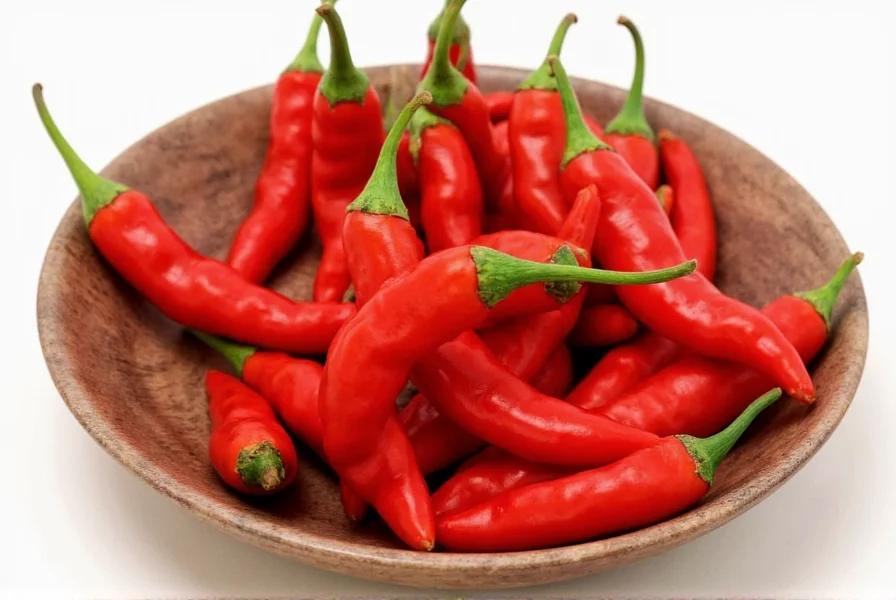
Flavor Profile: Sweet, Smoky, and Oh-So-Spicy
The reason chefs and home cooks alike keep reaching for chile de puya is simple: its complex taste. It offers a perfect balance of earthy sweetness, mild fruitiness, and a smoky undertone that makes it ideal for blending into sauces, rubs, or stews.
- Sweetness: Subtle hints of dried berries or raisins.
- Smokiness: Light but present, thanks to natural sun-drying.
- Heat: Builds slowly, lingering on the tongue without overwhelming.
Perfect for Balancing Flavors
Because of its rounded flavor profile, chile de puya works beautifully in dishes where multiple tastes need to shine together — think moles, adobos, and even certain soups where a subtle warmth is desired without overpowering other ingredients.
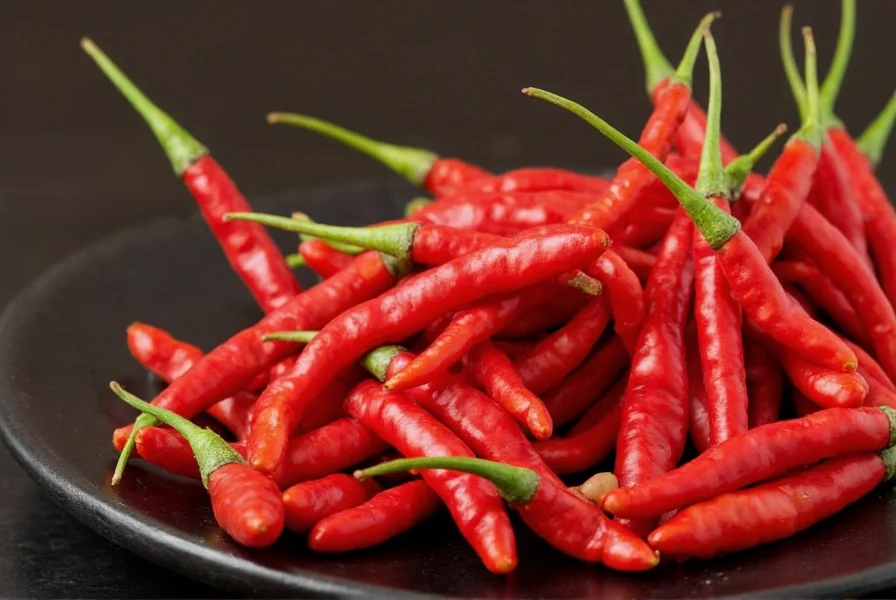
Top 5 Ways to Use Chile de Puya Like a Pro
Ready to get cooking? Here are five creative ways to incorporate chile de puya into your next culinary masterpiece:
- Mole Sauce Magic: Blend soaked chiles with almonds, sesame seeds, tomatoes, and chocolate for a classic mole poblano.
- Adobo Rub: Mix ground chile de puya with garlic, vinegar, and cumin for a bold meat rub.
- Homemade Salsa: Combine rehydrated chiles with roasted tomatoes, onions, and cilantro for a smoky red salsa.
- Stew Enhancer: Add chopped dried chiles to simmering stews or posole for extra depth.
- Pickled Perfection: Infuse pickling liquid with slices of chile de puya for spicy, tangy pickled veggies.

Buying Guide: How to Choose the Best Chile de Puya
Shopping for chiles can be tricky if you're not sure what to look for. Here’s your go-to checklist for picking high-quality chile de puya:
- Color: Look for a deep reddish-burgundy tone. Avoid faded or pale ones — they’re likely old and dry.
- Texture: Skin should be slightly pliable, not brittle. A good squeeze test helps — too crumbly = too old.
- Smell: Fresh chiles have a rich, slightly sweet aroma. If it smells musty or off, pass.
- Size: Medium-length (about 4–6 inches) is best for optimal flavor.
Recommended Products
Here are some top picks for quality chile de puya products currently on the market:
Goya Chile de Puya Whole Dried Peppers
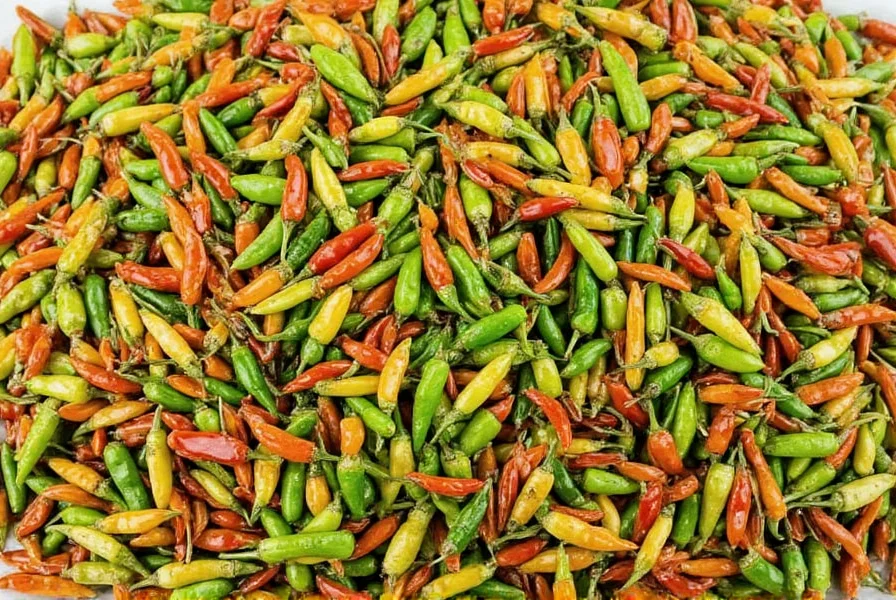
- Features: Whole dried peppers, vacuum sealed for freshness.
- Advantages: Consistent quality, trusted brand, perfect for sauces and marinades.
- Use Cases: Mole, enchilada sauce, spice blends.
- Target Audience: Home cooks, Latin food lovers, DIY sauce makers.
- Occasion: Holiday cooking, meal prep, special occasions.
Ranchitos Chile de Puya Ground Powder
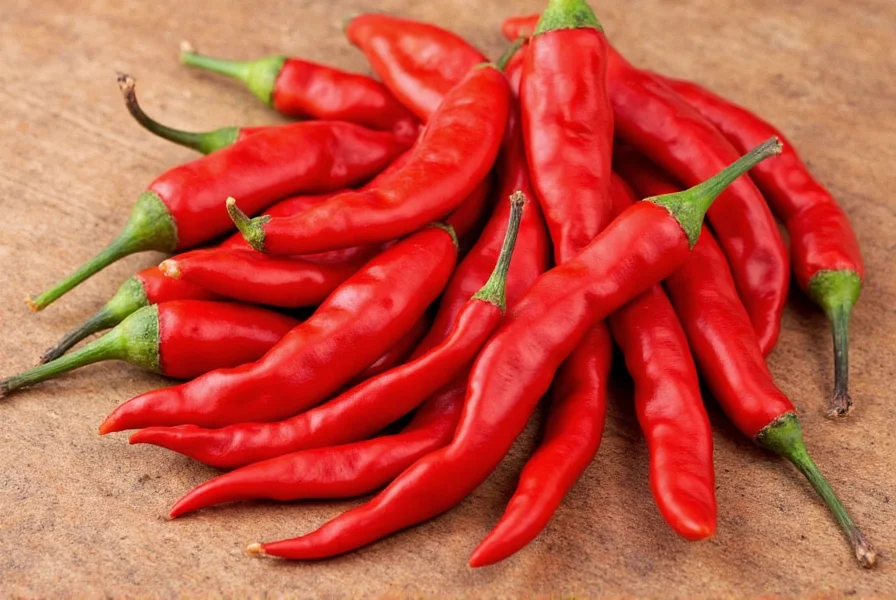
- Features: Organic, finely ground powder in a resealable pouch.
- Advantages: Ready-to-use, no soaking required, ideal for quick recipes.
- Use Cases: Rubs, spice mixes, sprinkling over tacos or grilled meats.
- Target Audience: Busy cooks, spice enthusiasts, grilling lovers.
- Occasion: Weeknight dinners, backyard BBQs, taco nights.
Substitutes: What to Use When You Can’t Find It
Can’t find chile de puya at your local store? No problem. Here are some worthy substitutes, along with how they compare:
| Substitute | Similarity | Best For |
|---|---|---|
| Guajillo Pepper | Closest flavor match but milder | Sauces, salsas, tamales |
| Jalapeño (dried/diced) | Higher moisture, less depth | Quick pickling, fresh dishes |
| Arbol Pepper | Hotter and less sweet | Spicy oils, soups, sauces |
| Chipotle Powder | More smoky, less fruity | BBQ rubs, chili con carne |
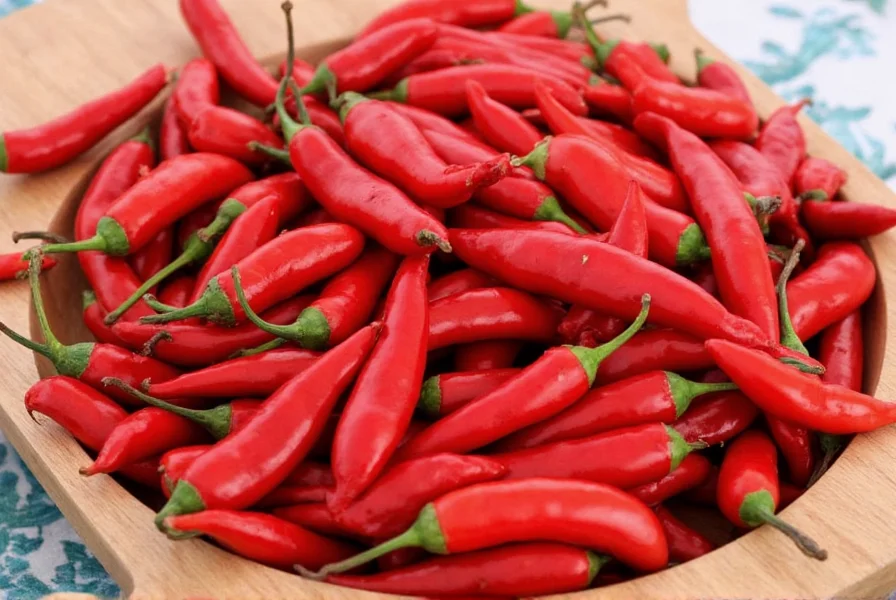
Storage Tips: Keep That Flavor Locked In
Like any spice, proper storage is key to keeping your chile de puya tasting amazing. Follow these tips:
- Whole Peppers: Store in an airtight container in a cool, dark place. They’ll last up to a year.
- Ground Powder: Keep in a sealed jar away from sunlight and humidity. Use within 6 months for peak flavor.
- Refrigeration: Optional for long-term storage. Wrap tightly in plastic before placing in fridge or freezer.
Spice Safety 101: Handling Chiles Like a Chef
Even though chile de puya isn’t the hottest pepper around, it still contains capsaicin — the stuff that burns! To avoid turning your kitchen into a tear-filled zone:
- Wear gloves when handling raw or crushed chiles.
- Avoid touching your face, eyes, or mouth after contact.
- Use separate cutting boards and knives to prevent cross-contamination.
- If skin irritation occurs, rinse with milk or yogurt to neutralize the burn.

Final Thoughts: Why Chile de Puya Should Be Your New Go-To Spice
In a world overflowing with spices, chile de puya stands out by offering both heat and heart. Its unique blend of smoky sweetness and moderate spice level makes it incredibly versatile in the kitchen. Whether you’re stirring up a pot of mole or dusting your favorite tacos with a zesty kick, chile de puya deserves a permanent spot in your pantry.
So next time you're at the market, skip the usual suspects and reach for those mysterious little red peppers — your taste buds will thank you.
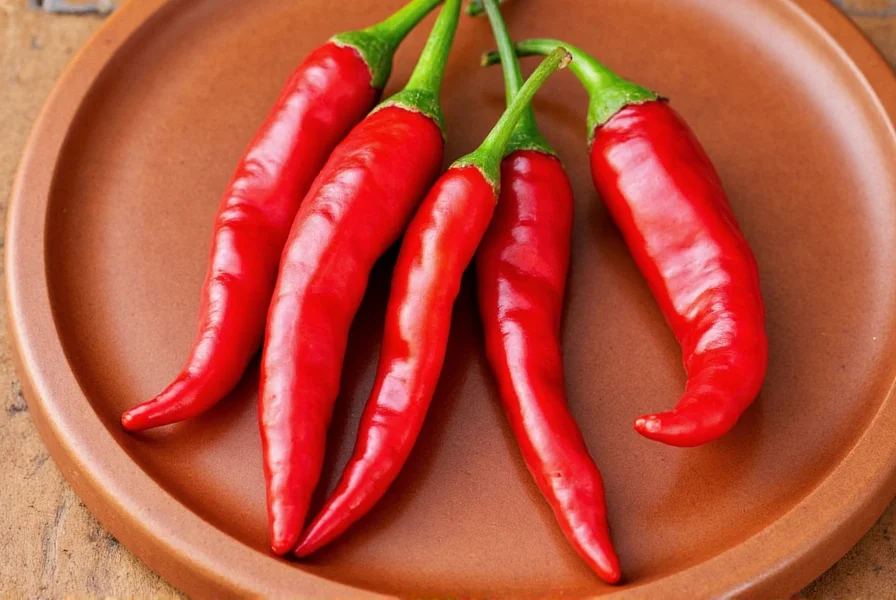

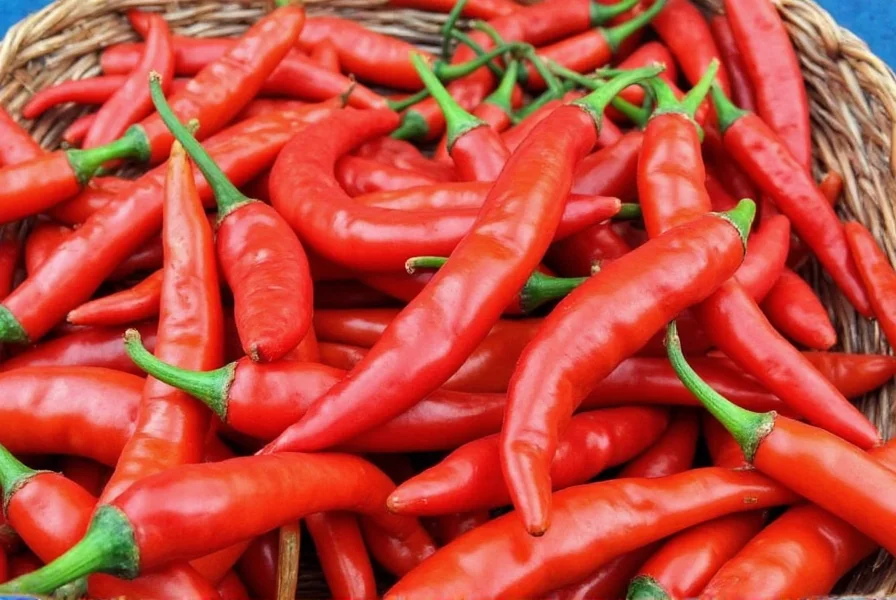









 浙公网安备
33010002000092号
浙公网安备
33010002000092号 浙B2-20120091-4
浙B2-20120091-4